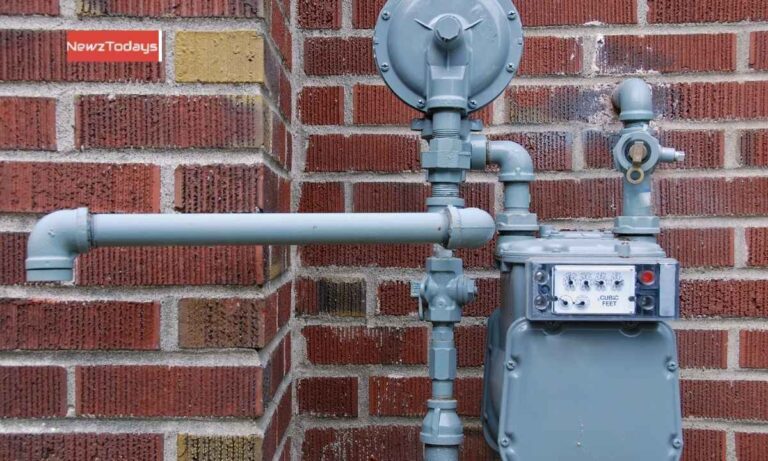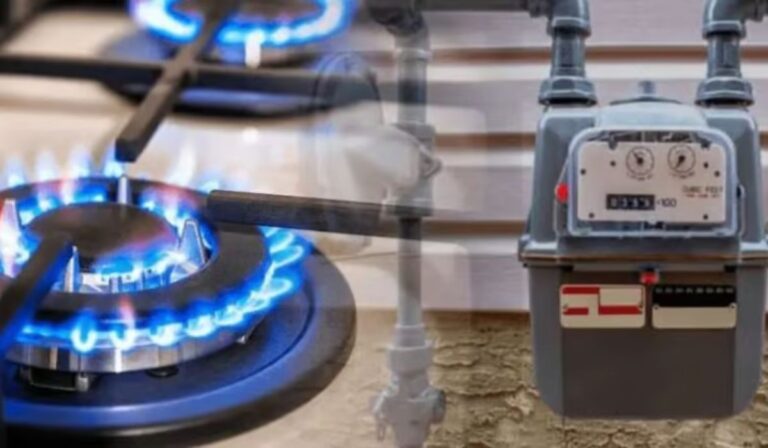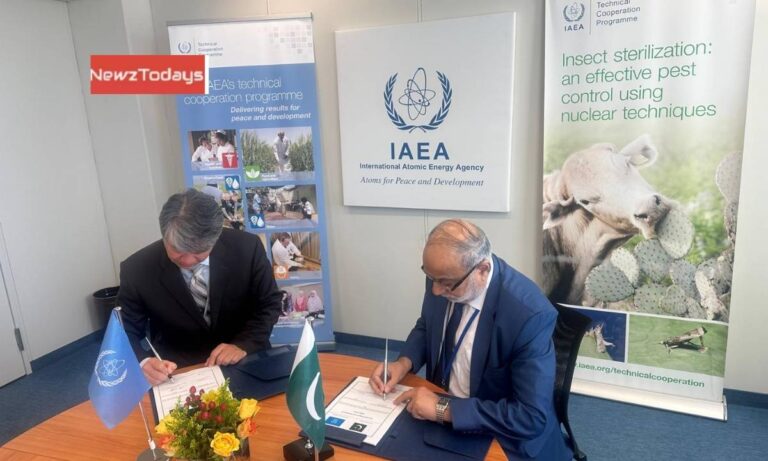Flood-hit power grids and feeders see partial restoration
Power Division reports progress on electricity restoration in flood-affected areas with varying timelines across regions.
The Power Division has reported substantial progress in restoring electricity supply across multiple flood-affected regions of Pakistan. It said that hundreds of feeders and dozens of grids were gradually returning to service. Despite the scale of damage, restoration efforts are underway, and officials expect most areas to see complete recovery by September 18, depending on floodwater levels.Progress on Flood-Hit Power Restoration
In areas served by Faisalabad Electric Supply Company (FESCO), 28 power grids and 81 feeders were damaged due to the floods. According to the Power Division, 38 feeders have already been fully restored, while 42 are partially operational. For approximately 59,804 affected FESCO consumers, power restoration is expected to be completed between September 17 and 18.
The Lahore Electric Supply Company (LESCO) reported that of its 67 damaged feeders, 66 have been fully restored and one partially. Around 441 consumers remain without complete service, but officials expect full restoration by September 18. Restoration in key LESCO districts including Lahore, Nankana, Sheikhupura, and Okara has already been completed.
Multan Electric Power Company (MEPCO) faced damage to 181 feeders, of which only 13 have been fully restored while 161 are partially operational. The Power Division noted that full-scale restoration in MEPCO’s jurisdiction will commence once floodwaters recede. This reflects the challenges faced in southern Punjab where infrastructure remains submerged.
Gujranwala Electric Power Company (GEPCO) reported that 11 grids and 103 feeders were hit by flooding. Out of these, 101 feeders have been fully restored and two partially restored. Around 327 GEPCO consumers are still affected, and restoration will be completed once floodwaters fully drain.
In Khyber Pakhtunkhwa, Peshawar Electric Supply Company (PESCO) reported significant progress, with 87 feeders completely restored and four partially restored. Power supply has been fully resumed in the affected districts of Swat, Swabi, and Dera Ismail Khan.
The Tribal Electric Supply Company (TESCO), which operates in regions including North Waziristan and Khyber, saw damage to 18 feeders. Of these, 17 have been fully restored while one remains partially functional. For 996 affected consumers under TESCO, full restoration is expected around September 18. Power has already been restored in Khyber.
In Hazara Electric Supply Company (HAZECO), three feeders in Mansehra were affected, but all have since been fully restored. Similarly, in Sukkur Electric Power Company (SEPCO) areas, 23 feeders were damaged but have been temporarily restored, ensuring at least partial supply to the population.
According to the Power Division, overall, 51 grids and 567 feeders across the country were affected by the floods. Of these, 325 feeders have been fully restored while 234 remain partially operational. Officials emphasize that in areas where water levels are obstructing repair work, permanent restoration will only be possible after the flooding subsides.
Pakistan has faced severe infrastructure challenges in recent monsoon seasons, with recurring floods damaging electricity transmission and distribution systems. In 2022, unprecedented floods devastated large parts of Sindh, Balochistan, and southern Punjab, leaving millions without power for weeks. Authorities now stress the importance of upgrading grid resilience against climate-induced disasters, as extreme weather events continue to test the capacity of the national grid.
Experts highlight that while immediate restoration is critical, long-term planning is necessary to mitigate future risks. This includes shifting vulnerable grids to higher ground, reinforcing flood protection measures, and investing in alternative energy sources less prone to flood-related disruptions. Without such structural improvements, Pakistan’s power sector is expected to remain vulnerable to recurring natural disasters.
For now, the Power Division maintains that despite the ongoing challenges, restoration targets are on track. Officials have assured the public that most consumers in the affected regions will see electricity services fully restored by September 18, while remaining areas will resume operations once floodwaters recede. This marks steady, if partial, progress in overcoming one of the most pressing impacts of the floods: restoring electricity to homes, businesses, and essential services.
The Power Division has reiterated that electricity restoration in flood-affected areas remains its top priority and pledged continued coordination with provincial governments and local administrations. As of the latest update, efforts are ongoing to stabilize supply for both urban centers and rural communities, underscoring the scale of the task at hand in Pakistan’s ongoing flood recovery efforts.





